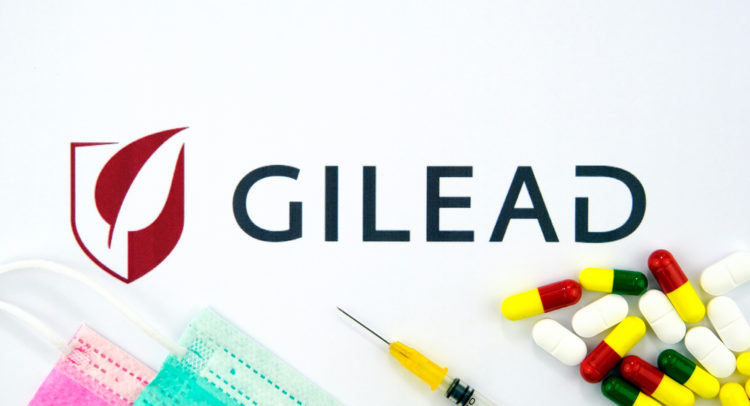California-based Gilead Sciences (GILD) is a global biopharmaceutical company focused on developing treatments for cancers and viral diseases such as hepatitis.
Strong sales of its COVID-19 treatment Veklury helped drive a 13% year-over-year growth in Gilead’s revenue to $7.4 billion in Q3 2021. The company posted adjusted EPS of $2.65 versus $2.11 in the same quarter last year and beat the consensus estimate of $1.74.
Gilead ended Q3 with $6.8 billion in cash. It distributed $900 million in dividends and returned $145 million to shareholders through share repurchases during the quarter. The next Gilead dividend distribution of $0.71 per share is scheduled for December 30.
With this in mind, we used TipRanks to take a look at the newly added risk factor for Gilead Sciences.
Risk Factors
According to the new TipRanks Risk Factors tool, Gilead’s top risk category is Production, representing 27% of the total 22 risks identified for the stock. The company recently added one new risk factor under the Legal and Regulatory category, which accounts for 23% of its total risks.
Gilead says that investors are increasingly focusing on environmental, social, and governance (ESG) matters. In response, it has made a number of ESG commitments. However, it cautions that it may not achieve them because of factors beyond its control. On environmental, for instance, it mentions that the availability and cost of clean energy could affect its ability to reduce its carbon footprint. It further mentions that changing ESG standards may also cause problems. Therefore, the company warns that failure to achieve its ESG goals could damage its reputation, expose it to lawsuits, or adversely affect its stock price.
In an updated Ability to Sell risk factor, Gilead reminds investors of the challenge it faces because of its product pricing model. Gilead says that its product prices are based on a variety of factors and may be different from country to country. For example, product prices are relatively higher in the U.S. and Europe. It warns that if its products were to be imported from lower-priced markets and resold in higher-priced markets, its sales in the higher-priced markets like the U.S. may decline.
The Production risk factor’s sector average is 11%, compared to Gilead’s 27%. Gilead’s stock has gained about 22% year-to-date.

Analysts’ Take
Wells Fargo analyst Mohit Bansal recently initiated coverage of Gilead stock with a Hold rating and assigned it a price target of $72, which suggests 1.11% upside potential.
Consensus among analysts is a Moderate Buy based on 10 Buys and 6 Holds. The average Gilead price target of $77.62 implies 9.00% upside potential to current levels.

Related News:
UBS Plans to Shut Down India Investment Banking Office – Report
Apple Shelves Controversial CSAM Scanning Feature – Report
AeroVironment Updates 1 Key Risk Factor

